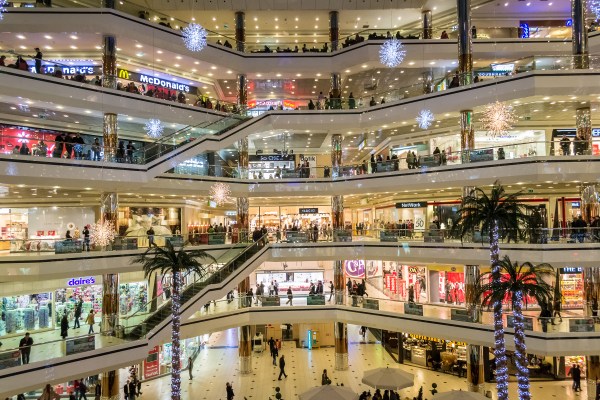

A lot of people that will say that traditional retail is dying. They’ll point to the rising prominence of e-commerce, which accounts for under 10% of total retail in the U.S. and a whopping 15% or more of total retail in China, as diminishing opportunities for traditional retail. But the reality is that, thanks to technology, the future of traditional retail has never been brighter.
Today, brick-and-mortar retailers not only have unprecedented insight as to what is happening in their stores – from customer behavior, to traffic flow, and more, they also have an arsenal of new tools to keep raising the bar for the customer experience. This transformation can be looked at from three angles: Smart consumption, smart supply chain and smart logistics.
Smart consumption is blurring the boundaries of online and offline for retailers and customers alike. With AR/VR technology in offline stores, customers can walk into a store, and virtually ‘try on’ an article of clothing, for example, without ever visiting a fitting room. Similarly, while sitting at home, they can virtually place a treadmill in their living room to determine the best fit. IoT has even made it possible for customers to make purchases from the comfort of their cars. At every step of the way, the goal is to improve customer retention and loyalty.
Equally as important, smart supply chain is helping retailers improve operational efficiency by leaps and bounds. Whereas traditional retail requires a fair amount of guesswork — what will customers like, how many of each individual item will they want to buy, and over which time period — smart supply chain driven by AI and big data means that retailers have a much better sense of what customers actually want, and when they want it. With dynamic information about sales, pricing and inventory, brands can improve their time to market, inventory control and product design, and retailers can make smarter decisions about their offerings, making the most of confined physical retail spaces.
But if retailers can’t get products into customers’ hands quickly and cost effectively, then all of the efficiency of smart consumption and supply chain is of no use. It is imperative that behind all of the glitzy offline technology and supply chain algorithms, are extremely efficient logistics.
From smart warehousing, which ensures products get moved out and on their way to the customer as fast as possible, to autonomous delivery vehicles, which make urban delivery more efficient through being able to avoid traffic and follow scheduled routes, to drones, smart logistics work their magic behind the scenes to get products to customers’ doors.
Businesses that embrace innovative technology and invest in it wisely will have a better chance of being a step ahead of the competition and their likelihood of success will be magnified.
Technology is no longer just a support for retail. It is the essential tool for retailers to thrive in the market.

